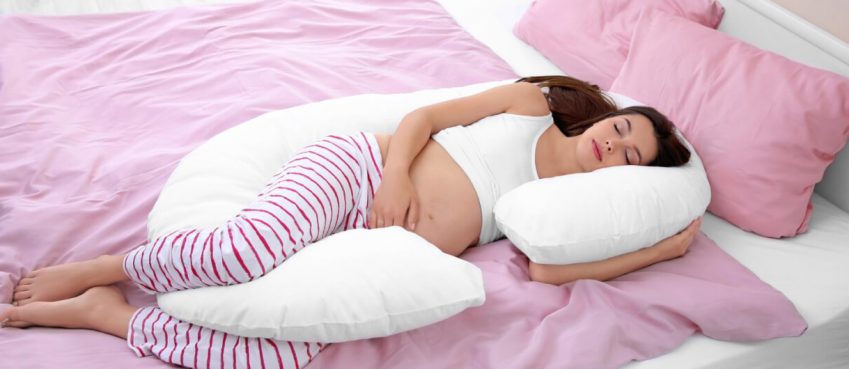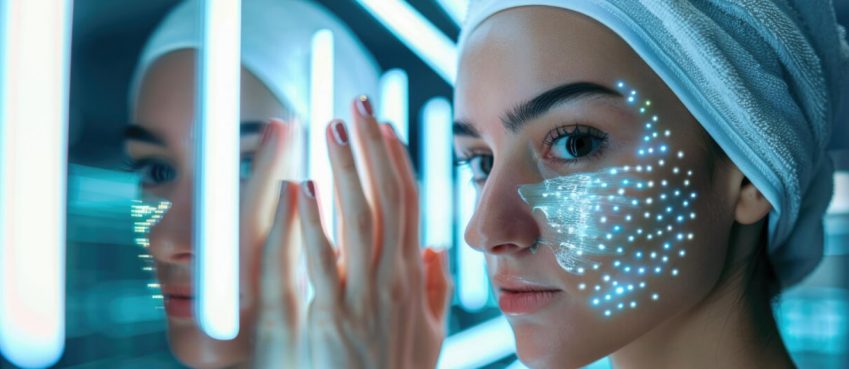
Every medical device development process gets difficult and complex. When FDA regulations, EU MDR, and other regulatory processes are included in the game – you will experience why medical devices risk management is a big deal. User needs? Human safety? It is better to understand how to define product requirements for medical devices.
Understanding the Regulatory Landscape
Medical equipment provides certain problems that must be addressed. Everything that has to do with human health and safety is closely scrutinized, and for good reason.
How do creators match initial concepts with medical regulations and keep avoiding medical product design mistakes? This process is impacted by a number of variables that may be of many types, such as technological, environmental, or connected to human interaction and perception.
The EU Medical Devices Directive (MDD) was replaced by the EU Medical Device Regulation (MDR) and In-Vitro Medical Device Regulation (IVDR) on May 26, 2021. However, the time for moving all devices has been extended. With the support of the European Parliament, Medtech producers will have time to recertify until 2027 or 2028, depending on the device class, to adhere to the new regulations.
The idea of MDR was simple. To provide a new regulatory framework that promotes public health and safety while preserving market competition for medical devices. The new rules apply to invasive and in-touch-with-the-body devices, portions of devices that dispense or re-administer medications, bodily fluids, or other substances, and equipment used to transport or store any such liquid. Products used for aesthetic reasons are included under the scope of the EU MDR.
The EU MDR and IVDR will increase the criteria for product approvals and impose new limitations on the materials used in the development and production of medical devices in an effort to lower potential risks to patients. These restrictions prohibit the use of a number of compounds that are known to be endocrine disruptors, carcinogens, or hazardous to reproduction when they are present over a specific level.
If minors or expectant women may be in danger of exposure, in-scope items containing banned chemicals will be required to carry the proper labels and warning precautions. Product recalls, penalties, and a loss of accession to the EU market may result from noncompliance with the EU MDR or IVDR.
On the other hand, there are also requirements that an experienced partner should take care of on time and within the regulations. Developed at Consonance, a set of services defines a set of regulations and actions which should be taken into consideration:
- adoption of ISO 13485 by businesses preparing to create medical products,
- medical device manufacturers need a CE mark in accordance with Regulation (EU) 2017/745 on Medical Devices (MDR),
- software as a medical device (SaMD) certification in accordance with Regulation (EU) 2017/745 on medical devices (MDR),
- creation of certification methods for medical systems and devices through auditing of technical documentation for medical applications and equipment.
Identifying User Needs and Requirements
Medical device requirements clearly describe an item’s function, purpose, and characteristics. It lays down the precise conditions required to make the item work as intended and is clear of ambiguous wording. When you transform a straightforward idea into a reality, consider it a roadmap that makes sure the whole team understands the end result in the same way.
The best way is to ask good questions and direct them to the right people. If you plan to launch a new diabetes short story that will be used by professionals, clarify this vision with them and watch closely when and how to apply a new medical device in the treatment process or if necessary – how to make a change to make it simpler, more effective with the new product.
Doctors and patients are expressing greater demands as healthcare technology and medicine themselves continue to advance. Individuals desire to be accompanied by high-quality equipment in medical settings, just like in other settings. Today, we place greater emphasis on the aesthetics and usability of home appliances and consumer gadgets. With a few details, we decide which cell phones, automobiles, and even scooters to buy. Hence, shouldn’t medical gadgets be “beautiful and helpful” simultaneously?
Assessing Risks and Establishing Risk Management Measures
Medical device designs should be modified to suit the environment, users, and method of use. You’ve probably already observed the distinction between medical equipment used mostly in hospitals and those used by the general public.
The first thing that comes to me when I think about little medical technology devices is how user-friendly the interface is, which completely precludes the chance of abuse. Similar to consumer gadgets in many ways. The main goal of devices for physicists is to speed up work, thus their final designs are more the product of their work observation and medical consultation than of personal “feeling.”
You must include details for every component when drafting product specifications for medical equipment. Because regulatory bodies will carefully review your proposal, you should, if feasible, submit extensive testing data and proof.
Provide specifications for:
- functionality,
- usability,
- interfaces for users and systems,
- influence on the environment,
- production procedures,
- availability and assistance,
- visual annunciators and alarms,
- methods for sterilizing and cleaning,
- the performance criteria,
- physical information,
- safety & dependability,
- good regulatory information & safety information,
- packaging information,
- measurement procedures,
- disposal techniques,
- interoperability,
- globalization and internalization,
- pricing and production expenses,
- ideal techniques.
A medical device is a highly developed combination of hardware, software, or service that is sold by pharmacies or clinics and is given a specific class of medical device during the certification process.
It is distinct from other commonly available devices (gadgets). The whole prototype, production, and market implementation process for healthcare products is regulated and necessitates a multitude of tests and analyses to assure safety and accuracy. Typically, we have faith in medical professionals and the tools they use. This is quite significant. Yet, patient safety is just as vital as a doctor’s, thus both parties are included in the certification process.
Defining Performance and Quality Requirements
I wouldn’t hesitate to say that forgetting about various procedures, risk analyses, reference items, or biocompatibility testing is the most typical error committed during the creation of a medical device.
You must assure regulatory agencies that your medical product will achieve its objectives and is both safe and effective before you release it into the market. This is the essence of design controls. By proving to the appropriate authorities that the new medical equipment your company has developed is a secure product that will please patients and, if applicable, healthcare professionals, you are gaining their trust. The term “design review”, which is known as “design and development review” in ISO 13485, was first used in the Quality System Regulation (QSR).
MedTech Feasibility Study to Define Product Requirements
You must be wondering how long it takes a skilled team to create a paper that is comprehensive and entirely useful. Given that the engineers and designers have the assistance of experts in certification and business-related fields, the Consonance Team needs between 8–10 weeks.
The end result of the work is at least a dozen pages of thorough technical analysis and use cases, operating guidelines, and descriptions of required electronic and mechanical components, and the current finale of the “0” stage, is a collaborative workshop to aid in a shared understanding of the results.
The feasibility stage in the development of a medical device should:
- Substantial design modifications can be made more affordable than during development or later stages.
- Establish a plan for the effective use of resources for product development. Test the business case for starting the program. Fine-tune and iterate the product concept.
- Timeframe and program cost estimates (real estimation)
- Meet the standards of MDR/IVDR/CE/FDA/ISO for successful product approval or clearance.
- Laying the groundwork for the creation of a manufacturing strategy.
So to sum it up – go with the project ahead only when you have a solid technology and design basis that shows your project can be executed, is viable, and won’t be out of your target audience’s price range.
Top 10 News
-
01
Top 10 Deep Learning Multimodal Models & Their Uses
Tuesday August 12, 2025
-
02
10 Google AI Mode Facts That Every SEOs Should Know (And Wha...
Friday July 4, 2025
-
03
Top 10 visionOS 26 Features & Announcement (With Video)
Thursday June 12, 2025
-
04
Top 10 Veo 3 AI Video Generators in 2025 (Compared & Te...
Tuesday June 10, 2025
-
05
Top 10 AI GPUs That Can Increase Work Productivity By 30% (W...
Wednesday May 28, 2025
-
06
[10 BEST] AI Influencer Generator Apps Trending Right Now
Monday March 17, 2025
-
07
The 10 Best Companies Providing Electric Fencing For Busines...
Tuesday March 11, 2025
-
08
Top 10 Social Security Fairness Act Benefits In 2025
Wednesday March 5, 2025
-
09
Top 10 AI Infrastructure Companies In The World
Tuesday February 11, 2025
-
10
What Are Top 10 Blood Thinners To Minimize Heart Disease?
Wednesday January 22, 2025







